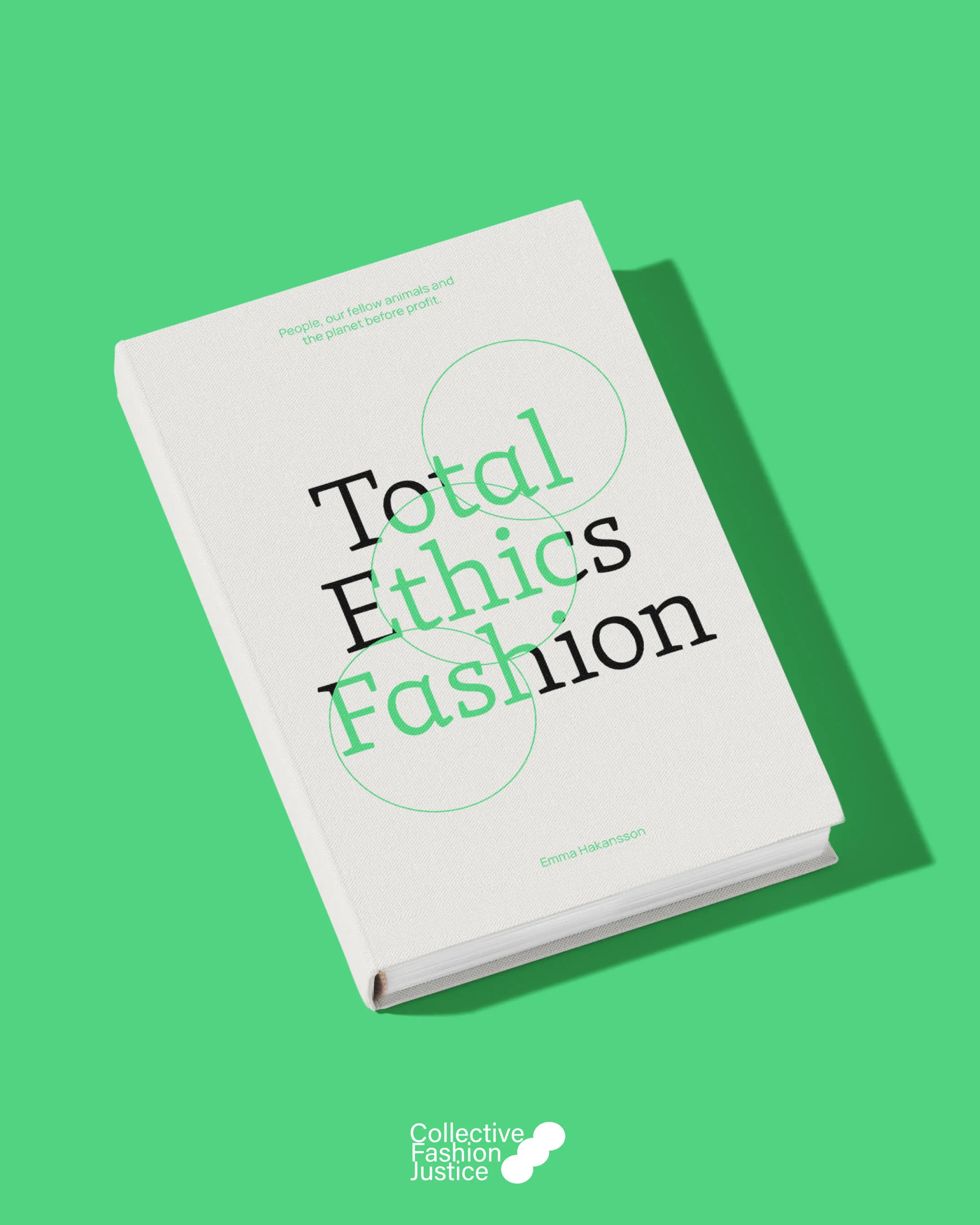It’s estimated that a rubbish truck full of clothes ends up in landfill every second. The rapid rise of fast fashion has created a climate monster, with the $1.7 trillion-dollar fashion industry having an outsized impact on the environment, people and animals. Here’s how Bank Australia customer Collective Fashion Justice is working to fix the system.
When it comes to the ethics of fashion, Bank Australia customer Emma Håkansson knows the lay of the land like few others. As an activist and author passionate about collective liberation, she started not-for-profit Collective Fashion Justice to draw attention to the extraordinary ethical failures of the trillion dollar industry responsible for up to 10% of global emissions.
“We used to have two to four fashion seasons every 12 months, one each for summer, autumn, winter and spring,” says Emma. “Now, there are at least 52 micro-seasons each year – brands are producing new clothes, every single week.”

But the problem is much bigger than the amount of clothes we produce. Collective Fashion Justice takes a holistic view of the industry, advocating for a ‘total ethics fashion system’. What does this mean, exactly? “We want a system that prioritises people, our fellow animals and the planet all ahead of profit,” Emma explains. “We often hear terms like sustainable fashion, ethical fashion, or vegan fashion – each one viewed in very singular ways, so the focus is just about addressing waste and emissions, or labour rights, or animal welfare. But our work finds it’s critical to acknowledge those harms are all interconnected,” she says.
Fashion isn’t just fast, it’s unethical
The ethical issues go beyond the sheer volume of fashion being produced every year, to the supply chains that lead there. Emma says that of the 250 biggest fashion brands in the world, only 12% can tell you where they source their raw materials – like where animals are being reared or where people are picking cotton. “This means there is literally no way they can even attempt to ensure the processes are ethical or sustainable,” says Emma. “It’s also estimated that a mere 2% of people who sew our clothes are paid a living wage, and there are well over a billion animals killed in fashion supply chains every year.”
Viewing all these ethical issues as part of the same problem, Collective Fashion Justice work tirelessly to produce research and reports to the lobby leaders, consult the fashion industry on how they can change, and work with citizens to create “pressure campaigns” for when the industry doesn't want to listen.

How can we shop better?
Emma understands that it can be challenging to be a conscious consumer, especially in the face of an industry rife with greenwashing, but does offer up some tips for those wanting to do things differently.
1. Think like a citizen, not a consumer
“The industry very much wants us to think of ourselves only as consumers, but we have a lot of power when we stand together and actually vote in a way that is good for the planet, people and animals,” she says. Emma suggests not just choosing where to spend your money, but to contact brands and ask them what you want to see. “Ask them if they're paying living wages, ask them if they're going to move beyond animal-derived materials into plastic-free alternatives – this can force accountability and transparency.”
2. Buy fewer new clothes
“The Hot or Cool Institute has a report that says we should only be buying five newly made garments every year if we want to purchase in line with planetary boundaries. The rest should be swapping with friends or buying vintage,” says Emma. If that is too big of a leap, she suggests at least setting a clear target – like one new item a month – and not breaking it.
3. Sign up to the total ethics manifesto
“We have a manifesto that basically calls for the industry to do five things to get us a lot closer to the future that we want,” says Emma. “And it's something that people can also use as a kind of guideline for how they buy.” The manifesto includes: paying living wages, slowing down fast fashion in line with planetary boundaries, phasing out fossil fuel-based materials, animal-derived materials and native-deforestation driven materials. Using these principles as a guide for buying clothing can assist in making ethical and conscious choices.

Emma knows things won’t change overnight, but she is driven to help shift an industry that causes untold levels of harm to the climate and living creatures. “Achieving these things would not only have a dramatic impact on emissions reductions and biodiversity, it would mean we could actually regain some of the creativity and heritage craft of fashion, which we've really lost as well.”


